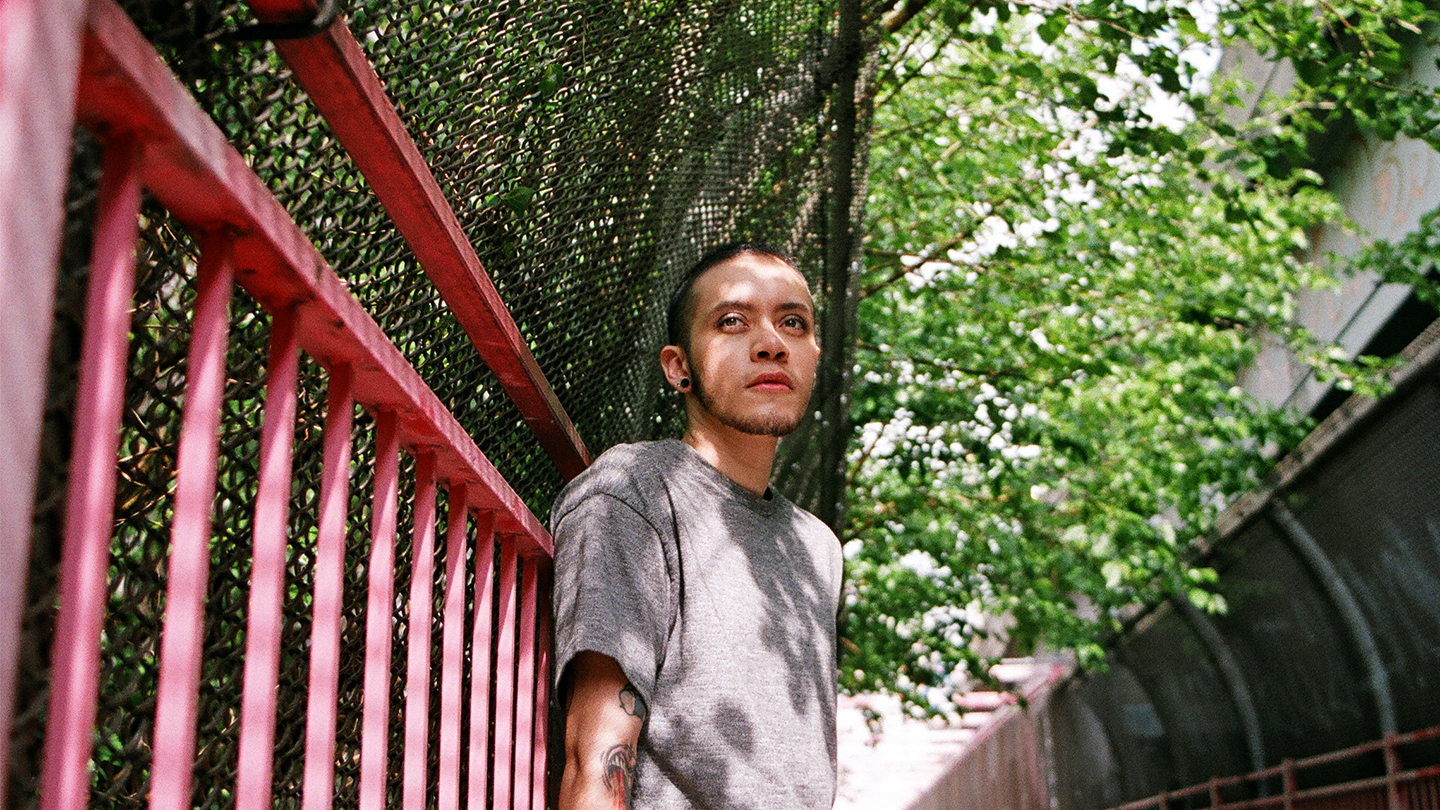When Garcia finished their shoot with i-D, they were so excited that they got to wear eyeshadow that they posted it on their Instagram account. “I was so happy,” they say over the phone from New York. “I’ve never gotten to wear eyeshadow in my life.” The 23-year-old actor isn’t really used to having their photo taken, although it’s something that they’re getting used to. “I’m quickly learning that I think that comes with the job,” they laugh.
Garcia is finding fame — and greater access to eyeshadow — with Netflix’s reboot of Tales of the City. The show is based on the pioneering books by Armistead Maupin, a soapy but heartfelt saga charting the lives of LGBTQ people and their allies living in San Francisco. The original novels span from the sexually-liberated late 1970s all the way to 2013, and are considered some of the most important and beloved books charting queer life. At their heart is 28 Barbary Lane, a small apartment complex owned by the bewildering and beguiling Mrs. Anna Madrigal, one of the most notable trans characters in all of fiction.
The books were adapted in the early 1990s by American broadcaster PBS and Channel 4, and at the time considered groundbreaking for showcasing LGBTQ characters as rounded individuals. Nearly 30 years on, and while LGBTQ representation on TV has improved slightly, it’s not changed much; we rarely see LGBTQ characters take on central roles on television, and when they do appear, they’re never full realised.
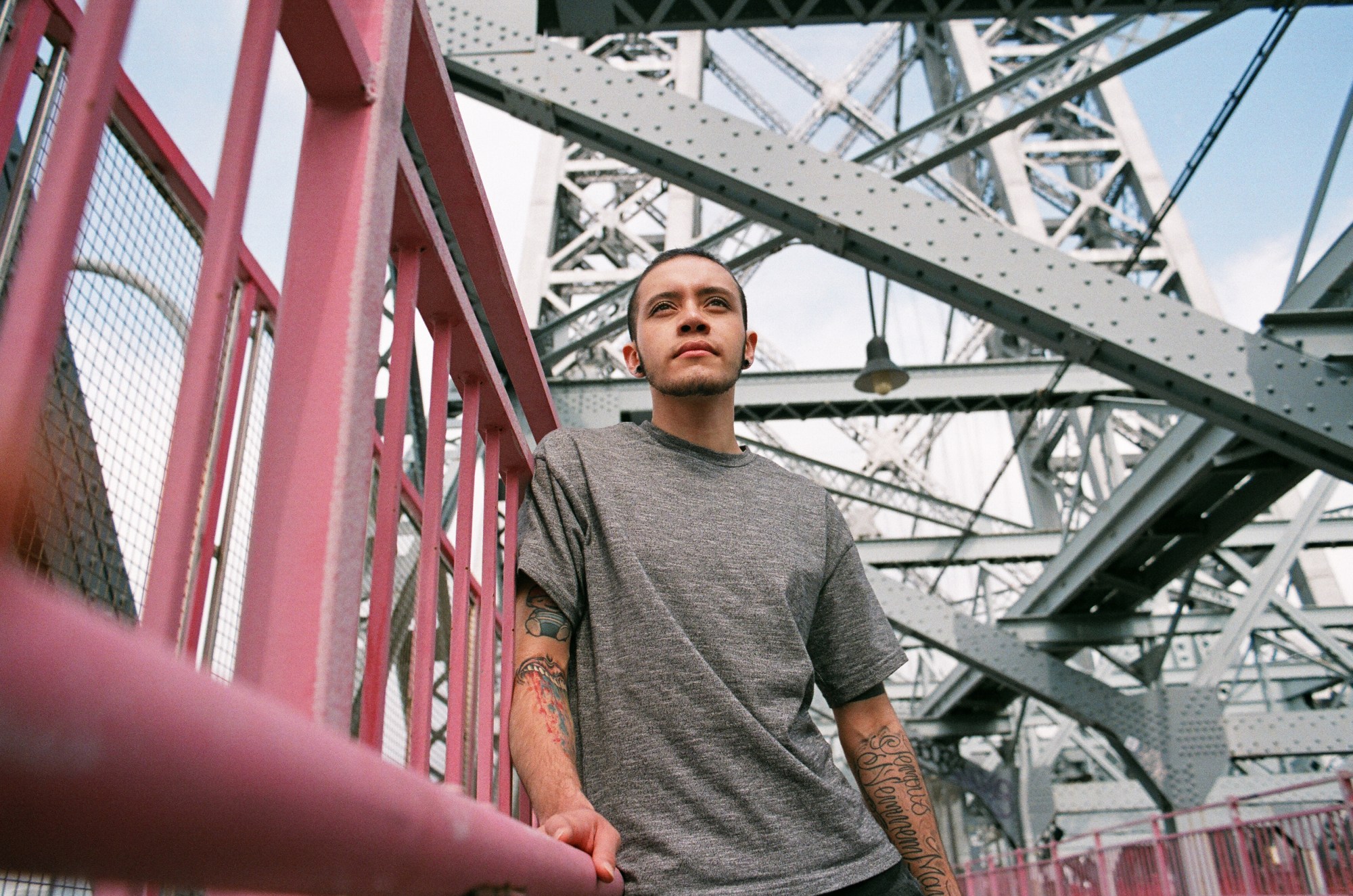
Netflix’s decision to revive Tales of the City is a welcome one. But Maupin’s early novels, and the original adaptation, weren’t known for their diversity. The cast were mainly white and cis (Mrs Madrigal aside). Later books in the series, such as 2010’s Mary Ann in Autumn, worked on this a bit, but there was still something lacking. Thankfully, the refreshed Tales of the City is anything but homogenous. Perhaps for the first time in an LGBTQ television show, it feels that that (nearly) every letter of the acronym is represented.
In the revival, Garcia plays a new character, Jake Rodriguez, a trans man in a relationship with his lesbian girlfriend Margot. In the show, Jake, who is still discovering and uncovering the nuances of his gender and sexual identity, goes on a journey of discovery that includes a foray on to Grindr and hook ups with gay guys.
Garcia is trans non-binary, and they say that, actually, they related to Jake’s narrative. “The second year into my transition, I was working at a gay bar, a very popular gay bar in Chicago,” they tell me now. “I was appearing more and more [masculine]. My facial hair was starting to sprout and my voice had already changed drastically. Gay men were perceiving me in a way that they had never before. That was interesting and a fun summer for me,” they say with a laugh.
Garcia’s story about how they came to be starring in Tales is practically lifted from a queer coming-of-age novel. Back when they were a teenager, they were at a train station in Chicago, where they grew up, and they bumped into a friend who was with a youth leader. The youth leader, who later became Garcia’s mentor, invited them to an open mic session where they performed some of their poetry.
“A month and a half later, that same mentor invited me to be in one of his plays,” Garcia recalls. “I was 17. It was at a not-for-profit theatre and it was a play that was co-written and co-directed by Chicago urban city youth. We were writing about the violence that black and brown people experience in Chicago. That was my introduction to theatre, to acting, to art, to politics, to radical activism, sociology. It was an introduction to a whole new world that I had no idea about.”
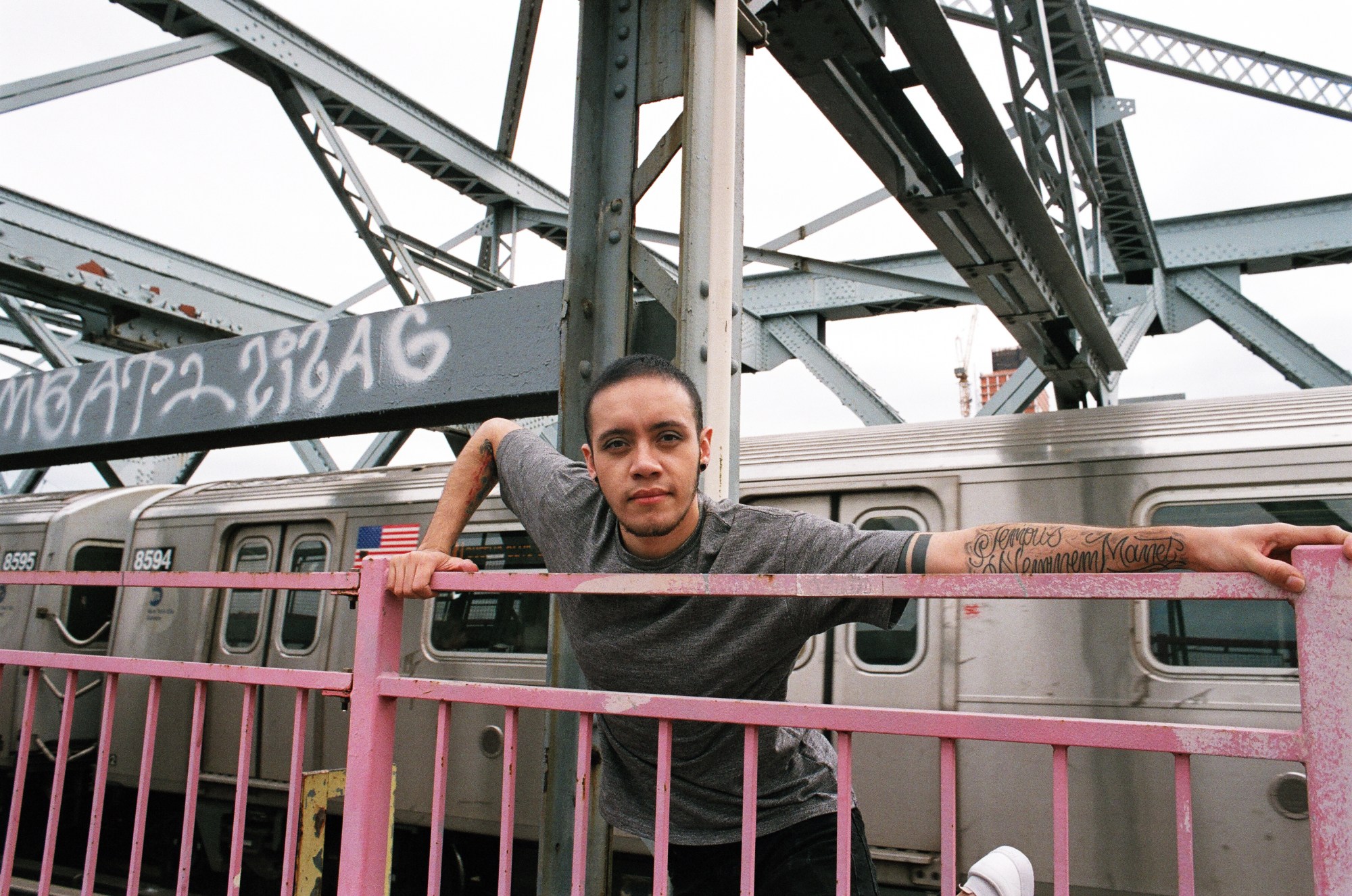
From there, Garcia moved to New York, where they’re currently studying. Then one day, their agent set up an audition for Tales of the City. Garcia had never heard of the series, but “after I got the role, my agent gifted me the first novel”. However, they were hesitant to dive too far into Maupin’s world. “I didn’t foresee how it would contribute to my knowledge of what they’re trying to do now [with this new version],” they say. “I think if I had watched [the show] prior, it probably would have been strictly out of interest as opposed to for my character or the storyline.” Anyway, the only way to watch the original series is on DVD; the actor doesn’t have a DVD player.
When figuring out how to embody Jake, Garcia says that the differences in their gender identity wasn’t a hindrance. “Being non-binary, in my personal experience, is a way of telling people that I don’t identify as a man just because I’m trans,” they explain. “But I also don’t feel like I’m a woman, either. I don’t feel or look like one in the traditional sense. So I don’t think there was a headspace I had to get into to play a trans male because, yeah, I’m still very much masculine. Even if Jake wasn’t trans and I was, I would still be able to play him. It’s just an identity label.”
For Jake in Tales, however, it goes deeper than that. While he’s in a relationship with a cis woman, Margot (played flawlessly by May Hong) his desires are shifting as he begins to understand more about his gender identity. For Margot, Jake’s transition is difficult; she fell in love with a woman, and while she’s supportive and loves Jake, she’s still a lesbian. And she wants a baby, something that Jake is miles away from being ready for.
“It’s so complex!” Garcia says, their voice earnest with enthusiasm. “Especially within a relationship. May and I had discussions at night where we’d call each other and speak about the script. At one point we even questioned, ‘Is Margot transphobic?’ That was something that we had to find out for ourselves. Like, what does that mean that she doesn’t want to be with Jake? Why not? And of course it wasn’t that at all, right? It’s more than Jake’s identity. Margo wants children; she wants a baby and he doesn’t because he’s trying to figure himself out.”
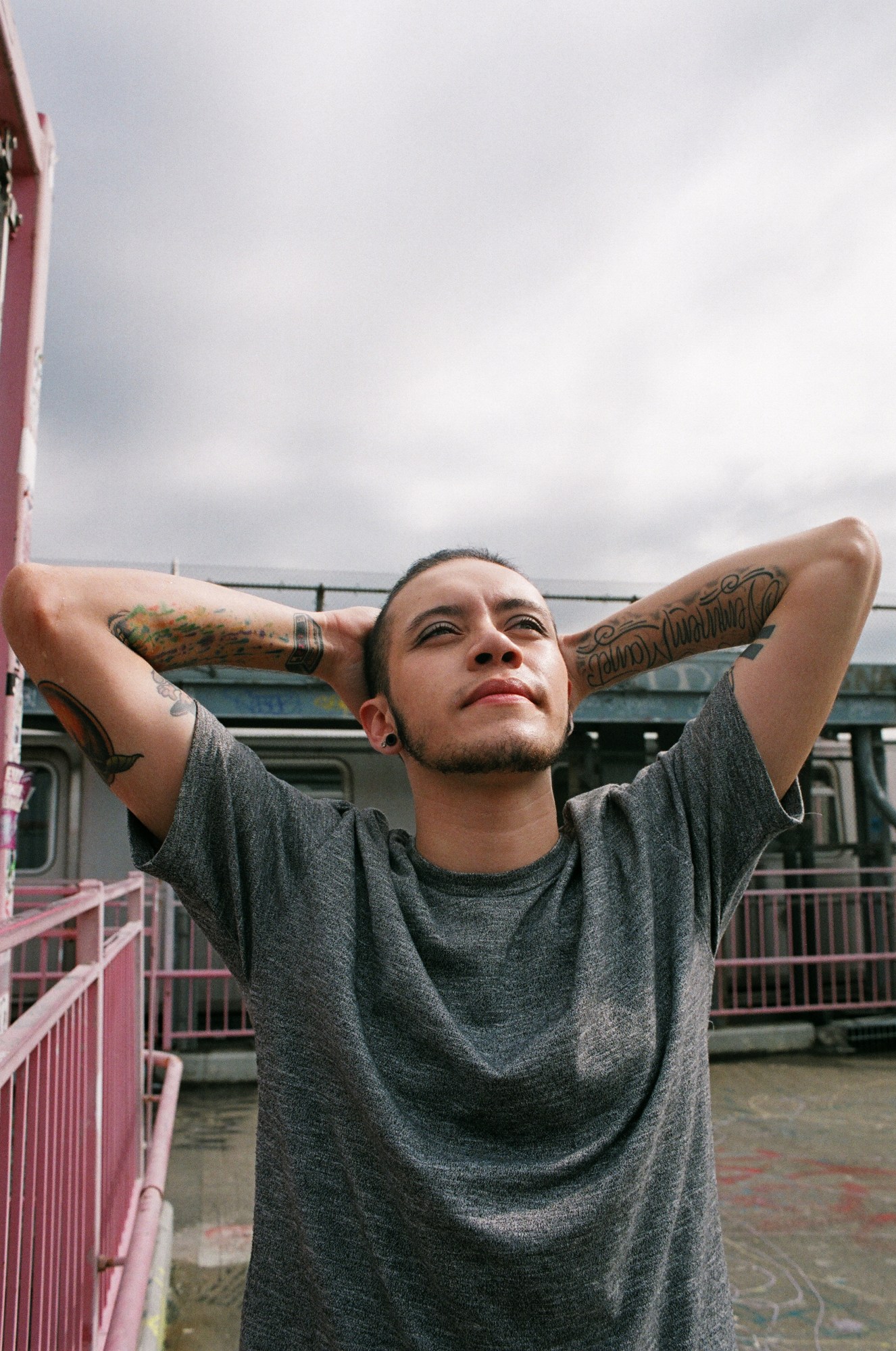
The universality in that storyline, Garcia says, is the most thrilling thing about it. When Jake asks Margot if he can go off and experiment having sex with men, she reluctantly agrees. When he does sleep with a man, he then lies about enjoying it. “It’s such a normal thing,” they continue. “We go off and do things. I’m sure hetero people do the same. [Jake and Margot] have issues that are outside of Jake’s transition, which I love. It’s important because it makes it more than just about navigating one’s gender identity.. It’s an everyday issue. I absolutely love that the series explores all those complexities and that people across the spectrum can identify with it.”
The moment that Jake does have sex with a man is incredibly important. He meets with a man from Grindr, Flaco Ramirez played by Juan Castano), and the scene is presented as any slightly glossy American love scene would be: the lighting is seductive, the music intense and the angles sexy. It’s one of the few sex scenes featuring trans characters that doesn’t focus on that fact. Rather, Flaco accepts Jake for who he is. The scene is hot.
When I put the significance of it to Garcia, they’re sheepish, like they’re embarrassed to be part of something that puts them in a significant position. “Oohhhh, I don’t know,” they say, elongating their vowels in a childish way. “I mean, they ask you at the beginning before anything is filmed whether you’re okay with nudity or minor nudity. I was like, ‘Oh man, they’re asking for a reason.’ So it was slowly building up and I was like, ‘I hope no one I know sees this.’ But some people I know are going to watch it,” they laugh. “That’s really weird.”
“Some family members are the worst people and they’re not respectful of you at all. And yet you still have to sit across from them and love them? I don’t agree with that.”
Nevertheless, Garcia does see that what they’ve done is important. “From what I’ve learned and what I have seen growing up, sexual scenes with trans people are so poorly portrayed in some of the grossest ways. Those scenes then narrow trans people down to just their genitals or their body parts, and that’s so gross. We don’t do that with cis people or hetero people,” they argue.
What this new iteration of Tales of the City does even better than push the sexual envelope, though, is cement the foundations that Maupin’s original novels dug into the group: the idea of queer families. In the 2019 series, 28 Barbary Lane, the beating heart of this familial organism, is under threat, a not too subtle, but perhaps needed, metaphor and reminder for the precarious position the LGBTQ community currently finds itself in. But this concept, which Maupin dubbed the logical family, doesn’t waiver against the fear of destruction and dissolution, but rather digs its heels into the dirt in resistance. The queer family is more essential than ever.
“I struggle with the term family when it comes to biological family,” Garcia says. “Growing up, you’re raised to believe that your family is your family and you have to love your family no matter what. But some family members are the worst people and they’re not respectful of you at all. And yet you still have to sit across from them and love them? I don’t agree with that.”
Garcia’s family then, are people they met through their mentor. They say that as a queer person of colour, that support system is essential as they navigate the world. “With a logical family, no one is loving you because they have to,” they explain. “They can move on and uninvite you from sitting at their table. So when you are invited and you’re sitting at that table knowing that you were invited and welcome because of everything that you are is a beautiful thing.”
For Garcia, 28 Barbary Lane as a home for LGBTQ people, but especially trans people, is something they’d like to see become a reality, especially given the current US government’s attempts to dismantle trans rights. Recently, the Trump administration has attempted to change policy so that federal housing could be denied to trans people. “That’s so terrifying,” Garcia says. “We’re not only some of the most marginalised people in the community, but trans homeless rates are sky high. I just want to give the people all over the country their own Barbary Lane. What does it look like to literally build, from the ground up, homes and places not just for trans folk but queer folk and marginalised people who don’t have a proper space? Those are just some of the things that I’m thinking about right now.”
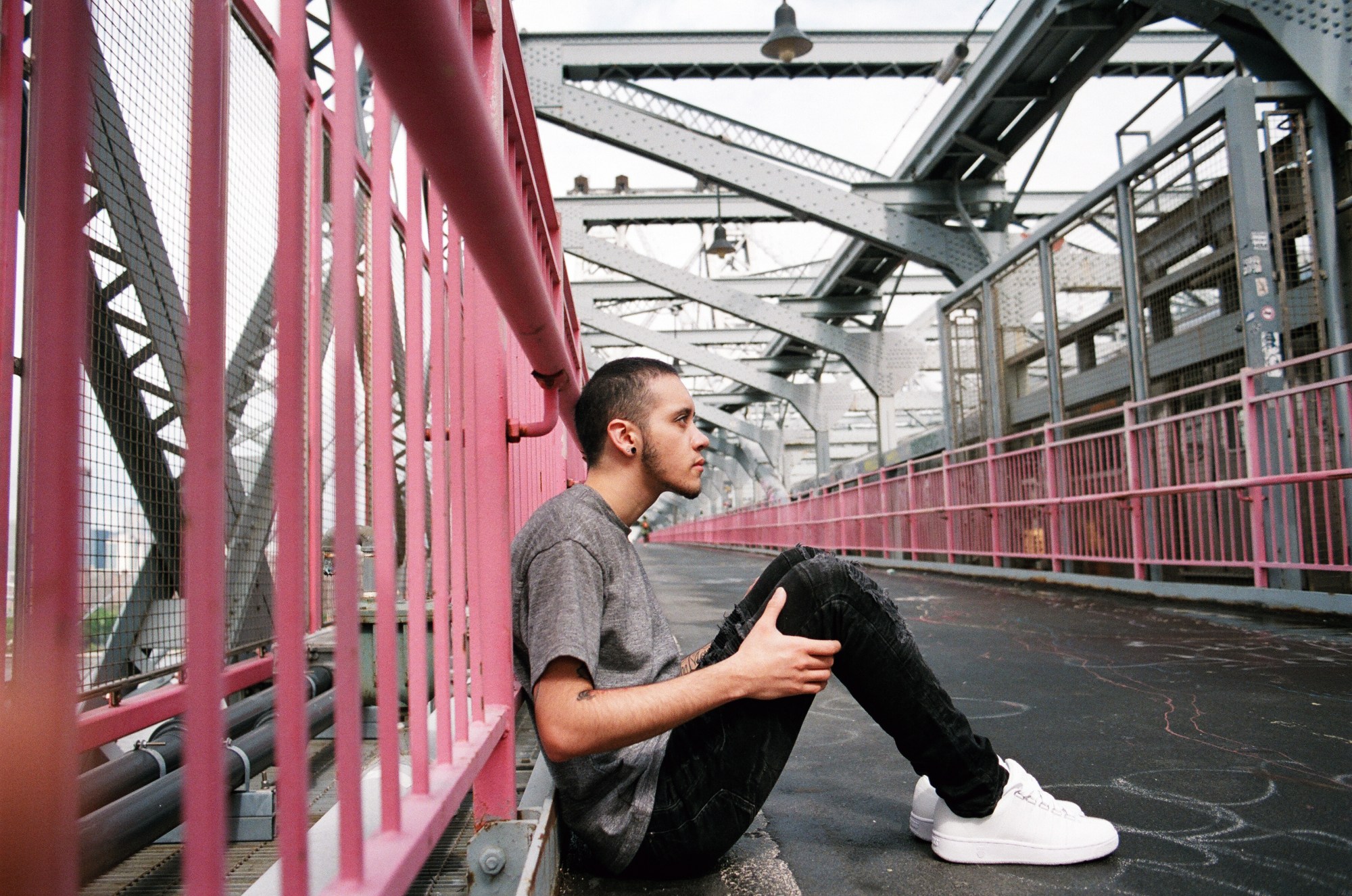
In an ideal world, marginalised groups will get both -– a place for them and also unbridled access to the rest of society. Something like Tales of the City, while just a TV show, is a step towards that vision as it makes those marginalised people the focus and then beams them into a viewer’s home. “That’s what I’m looking forward to,” Garcia says, “the discourse. Especially if it makes people uncomfortable, especially if they disagree with what’s on screen. I hope that the show, while it won’t close any gaps, will begin the conversations in order to start closing those gaps. I think that’s wonderful because you can say, ‘Okay great, let’s talk about it. What do you disagree with and why?’”
Until that moment comes though, Garcia has to finish school. They recently took a gay and lesbian performance class where they read plays from the 1400s to the present day, which they loved. The actor is starring in an off-Broadway play, too. “I hope that I can push my acting career further,” they say before we part. “I hope that it opens me up for trans roles, non-binary roles, but also cis male roles. I’m very capable of playing those. I’m hoping that one day I’ll get the opportunity to do so.”
Tales of the City is available to watch on Netflix now.
